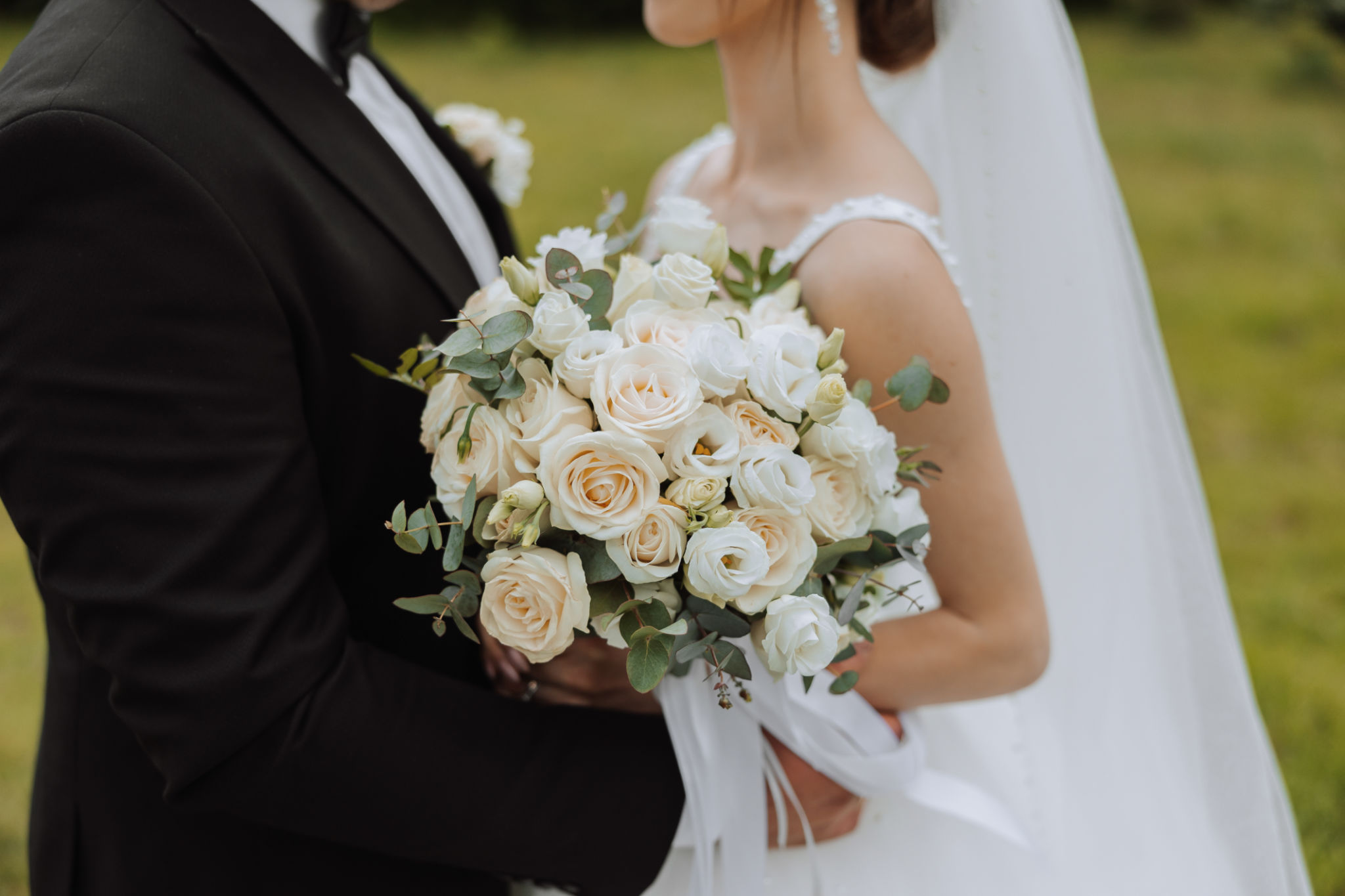The Ultimate Guide to Planning a Traditional Indian Wedding
Understanding the Significance of a Traditional Indian Wedding
Indian weddings are known for their grandeur, vibrant colors, and rich cultural significance. Celebrated over several days, these events are not only a union of two individuals but also of two families. Each ceremony and ritual is steeped in tradition, symbolizing various aspects of life and love. Understanding these traditions is the first step in planning an authentic Indian wedding.

Setting the Date and Choosing a Venue
Picking the right date is crucial for an Indian wedding. Many families consult astrologers to select an auspicious date based on the couple's horoscopes. Once the date is set, choosing a venue that can accommodate multiple ceremonies and a large number of guests is essential. Consider locations that offer both indoor and outdoor spaces to give flexibility in planning.
Ceremonies and Rituals
An Indian wedding typically includes several pre-wedding, wedding day, and post-wedding ceremonies. Some of the key ceremonies are:
- Engagement Ceremony: Marks the formal agreement between the families.
- Mehendi Ceremony: The bride's hands and feet are adorned with intricate henna designs.
- Sangeet: A musical night filled with dance performances by family members.
- Wedding Ceremony: The main event where vows are exchanged and rituals performed.
- Reception: A grand celebration with food, music, and festivities.

Selecting Attire and Jewelry
The attire for an Indian wedding is as significant as the ceremonies themselves. Brides typically wear elaborate saris or lehengas adorned with exquisite embroidery, while grooms opt for sherwanis or suits. Jewelry plays a vital role, with many brides wearing pieces passed down through generations. Ensuring that attire and jewelry reflect traditional styles can add authenticity to the celebration.
Catering and Menu Planning
Food is an integral part of any Indian wedding. A diverse menu that caters to different tastes is essential. Traditional dishes such as biryanis, curries, and sweets like gulab jamun are popular choices. Hiring a caterer experienced in Indian cuisine can ensure that the flavors are authentic and that dietary restrictions are respected.

Decorations and Themes
The decor at an Indian wedding should reflect the cultural richness and vibrancy of the occasion. Common themes include floral arrangements with marigolds, ornate mandaps for the ceremony, and colorful drapes. Lighting also plays a crucial role in setting the mood, with many opting for fairy lights or candles to create a magical atmosphere.
Music and Entertainment
No Indian wedding is complete without music and dance. Hiring a DJ or live band that can play traditional and contemporary songs will keep guests entertained. Consider organizing dance performances or even inviting a professional dance troupe to add an element of surprise and excitement to the celebrations.
Coordinating with Vendors
Successfully planning an Indian wedding requires coordination with multiple vendors, including caterers, decorators, photographers, and musicians. It's important to communicate your vision clearly and ensure that each vendor understands their role in bringing the event to life. Regular meetings and updates can help keep everything on track.

Conclusion
Planning a traditional Indian wedding is a complex yet rewarding endeavor. By understanding the cultural significance, organizing the logistics meticulously, and paying attention to detail, you can create an unforgettable event that honors tradition while celebrating love. Whether you’re planning your own wedding or helping someone else, this guide serves as a comprehensive starting point to ensure success.
